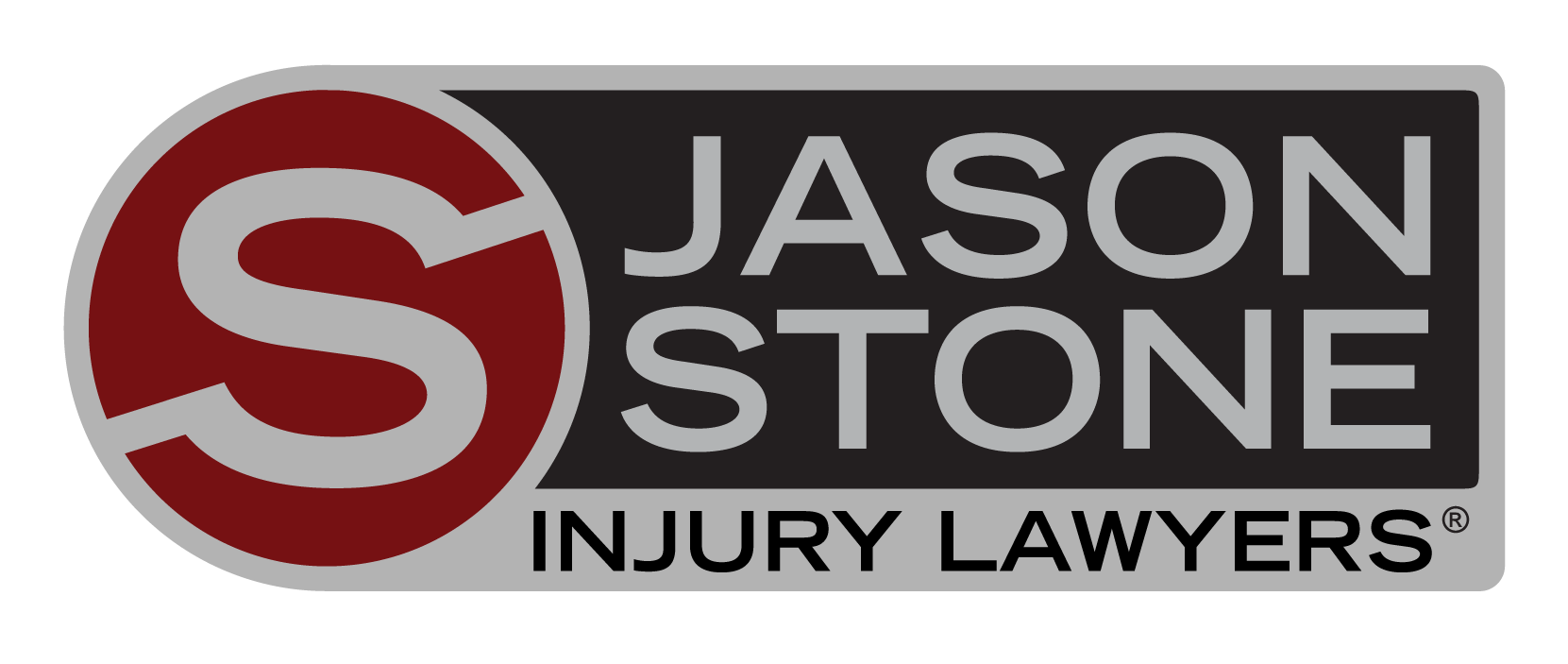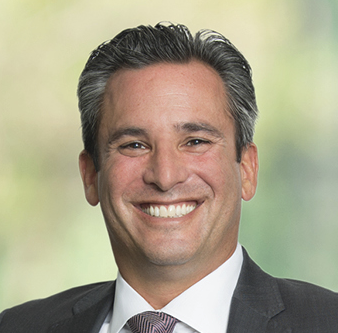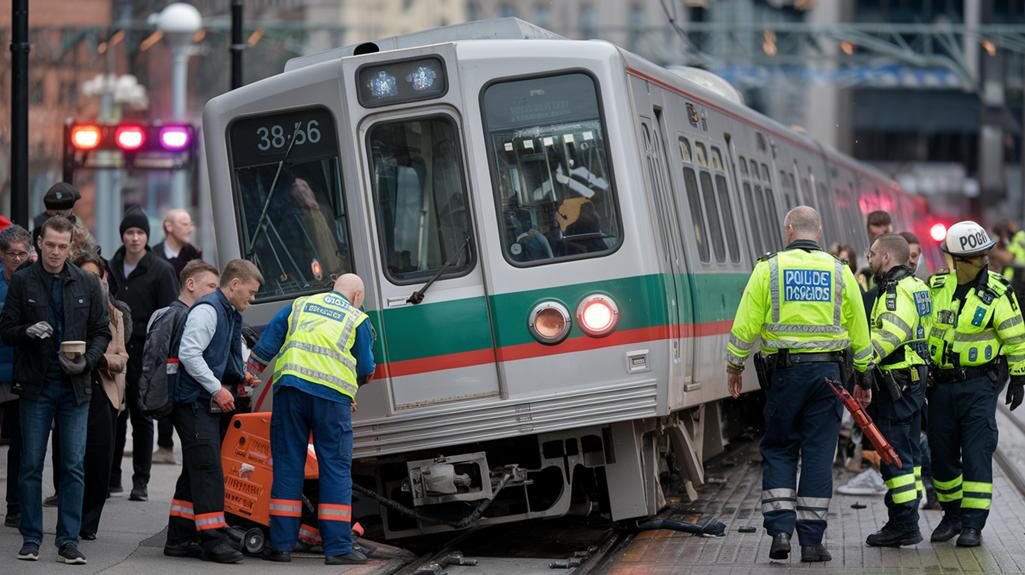Boston has made great strides in recent decades to improve traffic flow and reduce motor vehicle accidents, but it’s clear there is still work to be done.
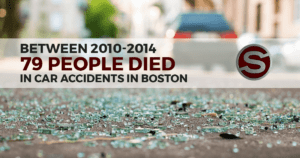 In 2014, the last year for which comprehensive crash data is available, 1,279 pedestrians and bicyclists required emergency medical treatment due to motor vehicle collisions. Between 2010 and 2014, 79 people died in car accidents in Boston.
In 2014, the last year for which comprehensive crash data is available, 1,279 pedestrians and bicyclists required emergency medical treatment due to motor vehicle collisions. Between 2010 and 2014, 79 people died in car accidents in Boston.
In response to these tragedies, and in recognition of Boston’s changing population, the city is reshaping its transportation future with Go Boston 2030, a broad framework of research-based initiatives focused on improving traffic safety and transportation access. Two key components of Go Boston 2030 are Vision Zero Boston and Neighborhood Slow Streets.
Vision Zero Boston
Vision Zero Boston was the first major program implemented by Go Boston 2030, and one of its goals is to eliminate fatal traffic accidents by 2030. Boston is among a number of major U.S. cities adopting a Vision Zero plan.
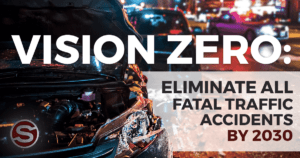 While every city’s plan is different, most share core principles:
While every city’s plan is different, most share core principles:
- Traffic deaths are preventable, and even one fatality is too many
- Human life is more important than transportation, and streets should be safe for everyone regardless of ability, access, or mode of transportation
- Road systems should be designed to compensate for human error
- Speed is a fundamental predictor of crash survival
- Education and enforcement are essential to road safety
- Government policies should prioritize safety
In 2015, the Vision Zero Task Force, led by the Boston Transportation Department (BTD), conducted research to prioritize issues and locations to focus the city’s resources. The task force identified two priority corridors: Massachusetts Avenue, one of the city’s most heavily used thoroughfares, and Codman Square, a commercial and residential hub in the Dorchester neighborhood.
Research indicates that arterial roadways, such as Mass Ave and the streets that border Codman Square, are disproportionately dangerous for all modes of transportation. Arterial thoroughfares are especially dangerous to pedestrians and bicyclists.
Vision Zero Boston aims to reduce accidents and related injuries and fatalities by:
- Increasing awareness and accountability: This includes new reporting systems and technologies that will allow the city and its residents to participate in detailed data collection
- Engaging the community: New programs will allow residents to actively participate in identifying problem neighborhoods, streets and intersections
- Eliminating distracted driving: The city plans to increase distracted driving enforcement, while also improving officer training regarding distracted driving and increasing education efforts
- Reducing speeds: Speed is a contributing factor in most fatal crashes
Neighborhood Slow Streets
Neighborhood Slow Streets is one example of how Boston seeks to reduce speeding, improve safety and engage the community. The Slow Streets program emphasizes low-cost, quick-install solutions to encourage drivers to slow down; for example, more signage regarding speed limits and pedestrian crossings, speed bumps, and better lighting in areas where pedestrians or other vehicles may not be easily noticeable.
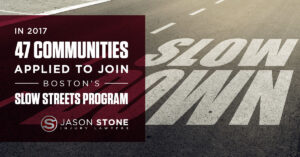 The Slow Streets program allows neighborhoods and communities to apply directly for traffic-specific solutions. This involves a bit of coordination: Applicants must collect evidence and solicit community stakeholders (e.g., neighborhood associations, police precincts, schools, etc.). The applications are reviewed by the city and new partnerships are announced based on a scoring system.
The Slow Streets program allows neighborhoods and communities to apply directly for traffic-specific solutions. This involves a bit of coordination: Applicants must collect evidence and solicit community stakeholders (e.g., neighborhood associations, police precincts, schools, etc.). The applications are reviewed by the city and new partnerships are announced based on a scoring system.
The community is involved every step of the way, from the application process to plan development to implementation. In 2017, there were 47 applications from across the city, and five communities joined the program:
- Chinatown
- The Grove Hall/Quincy corridor, which spans Dorchester and Roxbury
- Highland Park, located in Roxbury
- Stony Brook, located in Jamaica Plain
- West of Washington Street, located in Dorchester
Applications are objectively scored according to criteria including:
- Community support (i.e., letters from residents, partnerships with community stakeholders, presentations, reports, etc.)
- Number of homes with children less than 18-years-old
- Elderly population
- Proximity to public transportation
- Accessibility of school, bike, and pedestrian routes
- Geographic diversity
- Crash history
The city plans to reopen the Neighborhood Slow Streets application process in early 2018.
If you were hurt in a Boston-area wreck caused by another driver’s negligence, the Boston, MA, personal injury attorneys at Jason Stone Injury Lawyers are ready to help you get the compensation you need to recover. Call us at 800-577-5188 or contact us online; we offer free consultations in person or by Skype, FaceTime, or Google Hangouts, and we’re the only law firm to provide the Stone Cold Guarantee®.
For updates on Boston traffic initiatives and personal injury law, “like” Jason Stone Injury Lawyers on Facebook, or follow us on Twitter.
Not Trusting What You’re Being Told?
Better Phone Stone
800-577-5188
 START MY NO OBLIGATION CONSULTATION
START MY NO OBLIGATION CONSULTATION